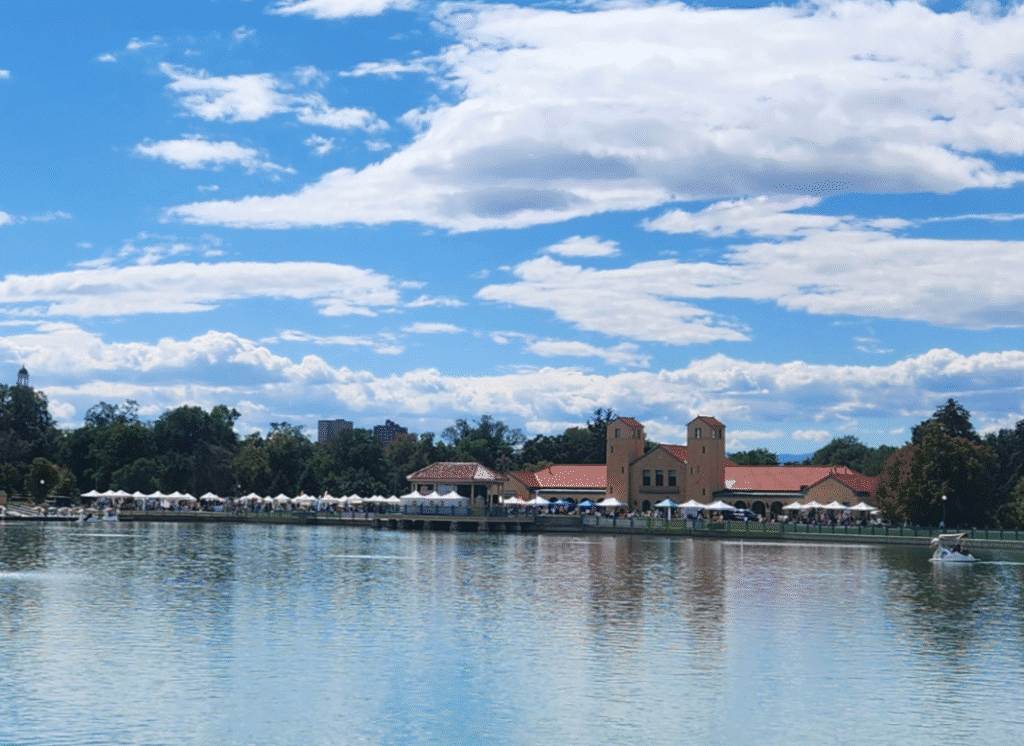Experience at the “Taste of Ethiopia” Festival: An Overview
The “Taste of Ethiopia” festival, which aims to celebrate the rich and diverse Ethiopian culture, was expected to be a vibrant gathering of food, music, and traditions. Unfortunately, this year’s event fell short of those expectations, prompting a closer examination of its offerings.
A Missed Opportunity: Discrepancies in Festival Expectations
One major concern arose from the festival’s promotional materials, which promised an engaging cultural experience filled with performances, demonstrations, and community services. However, attendees were met with a lack of the anticipated activities, leading many to feel misled. The absence of dance performances and cultural exhibits left festivalgoers disappointed, especially given the event’s name implies a focus on Ethiopian cuisine.
Festival Amenities and Offerings
The festival’s promotional materials emphasized a dynamic cultural celebration. However, the reality revealed only two available Ethiopian meal platters, each priced at $25, creating barriers for attendees. With no sampling options available, many festival visitors opted to abstain from the food offerings despite the enticing aromas wafting through the venue.
Limited Engagement and Activities
Festivalgoers expected not only food but also various activities to engage with Ethiopian culture deeply. Unfortunately, there were no scheduled performances or interactive experiences. Last year’s festival featured numerous events, including dance and music performances, which set a high benchmark that this year’s festival did not meet.
Merchants and Community Representation
While there were a few vendors selling traditional Ethiopian attire, jewelry, and artisanal products, the overall selection felt limited. Many representations appeared focused on marketing rather than genuine community support. This observation raises concerns about the festival’s mission of fostering community connections, as it seemed to cater primarily to corporate interests.
Cultural Representation and Audience Engagement
Despite the charming displays of traditional attire worn by attendees, the festival seemingly lacked inclusivity for those unfamiliar with Ethiopian culture. The absence of educational materials and hands-on activities may have alienated a broader audience. For an event labeled a cultural celebration, this gap signifies an opportunity for improvement.
The Setting and Overall Atmosphere
The City Park Pavilion provided a beautiful backdrop for the event; however, the flow of the festival felt disjointed. The layout of various zones created dead space, making it difficult for attendees to engage with the festival parts interactively. As attendees wandered, many simply took photos and sampled a quick bite before departing, diminishing the festival’s community spirit.
Suggestions for Improvement
There is hope for the future of the “Taste of Ethiopia” festival. To enhance the festival experience, several changes could be implemented:
- Update the Website: An accurate, user-friendly website with a detailed schedule will help attendees plan their visit effectively.
- Refine the Mission Statement: Clearly defining the target audience could help align expectations for future attendees, bridging the gap between Ethiopian and American cultures.
- Compact Festival Layout: A more cohesive layout with ample seating would encourage festivalgoers to linger and connect.
- Variety of Food Options: Encouraging more vendors with diverse food offerings could enhance the culinary experience significantly.
- Interactive Elements: Introducing hands-on activities or demonstrations would encourage deeper engagement with Ethiopian traditions for participants of all ages.
The potential for a more vibrant “Taste of Ethiopia” festival remains. With constructive changes, the event can become a true celebration of Ethiopian culture that is inclusive and engaging for everyone.
Conclusion
Although this year’s “Taste of Ethiopia” festival did not live up to its promising name, there is room for growth and improvement. By focusing on the experiences it offers, enhancing community involvement, and providing clearer expectations, the festival may one day achieve its goal of being a dynamic, cultural hub. As it stands, organizations and companies interested in cultural representation could benefit from reviewing and implementing these suggestions to create a more fulfilling experience for future attendees.
For further discussions on cultural festivals and their impact on communities, consider insightful resources like Cultural Festivals in America and The Importance of Food in Cultural Celebrations.
